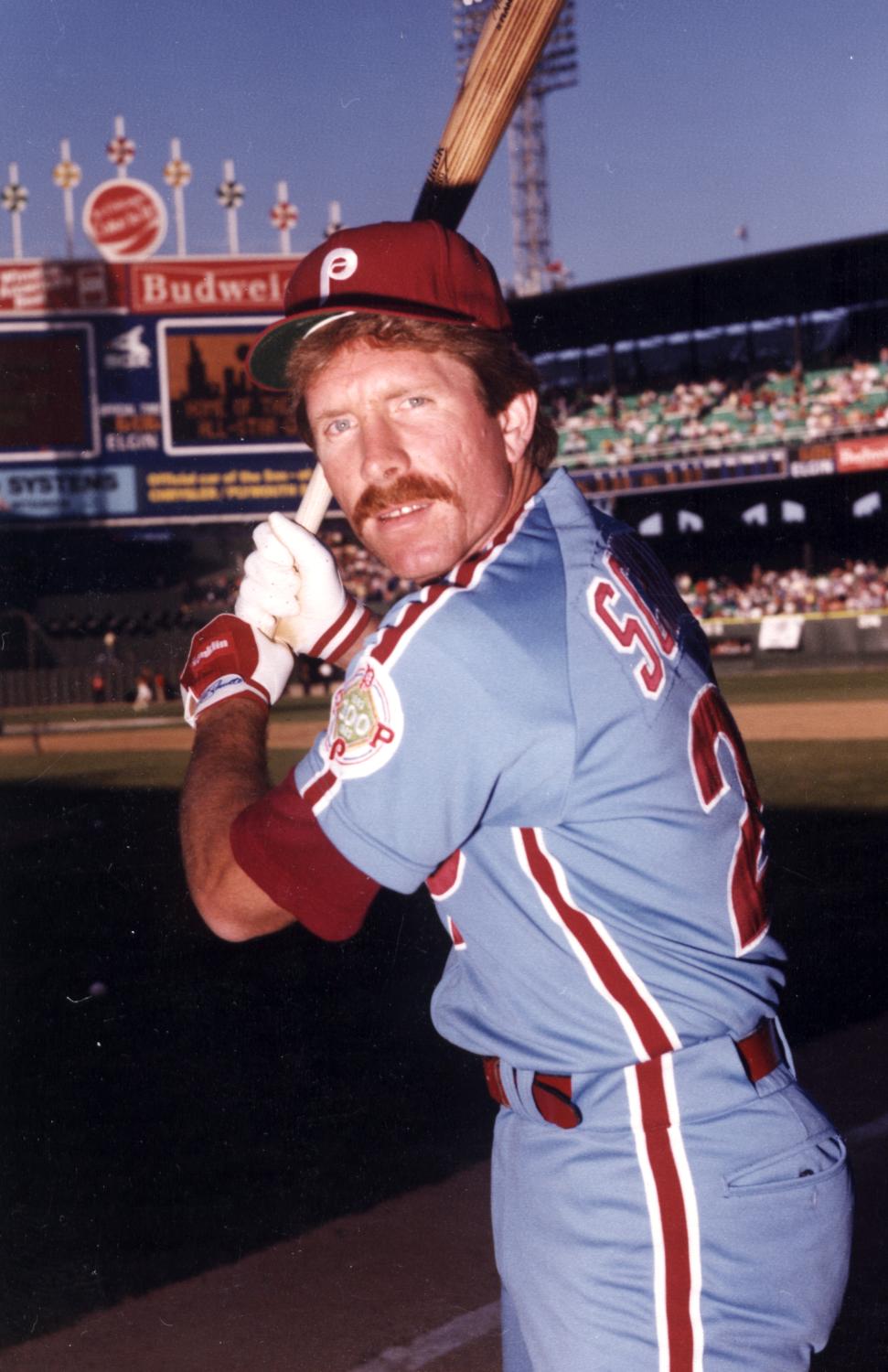Alright, so I decided to really dig into this whole Mike Schmidt Hall of Fame thing. Not just, you know, look up his stats and nod. I wanted to get a feel for it, the whole journey, what made him the guy.

My Deep Dive Process
First thing I did was try to find some old games. Man, that was a trip. The broadcasts were so different back then! I wasn’t just watching highlights; I tried to watch full innings, see his at-bats in context, see him out there at third base. It’s one thing to read “10 Gold Gloves,” it’s another to try and see that smooth fielding, game after game, even on fuzzy old recordings.
Then, of course, I hit the numbers. But I didn’t just look at the home runs and RBIs, though those are obviously huge. I started looking at things like his on-base percentage, his walks. The guy had patience! He wasn’t just swinging for the fences every time. I spent a good while comparing his peak years to other greats of his era, just to get a sense of his dominance. I even made a little spreadsheet, just for myself, to track some of this stuff side-by-side. It helped me visualize it better than just reading a list.
I also went hunting for articles from his playing days. Not just the big retrospectives written after he retired, but stuff written in the moment. Trying to capture the buzz, or even the criticism, he faced year to year. That took some doing, digging through online newspaper archives. Some of those old scans are tough on the eyes, let me tell you.
- Watched a bunch of old Phillies games (or what I could find).
- Really crunched his offensive and defensive stats, beyond the surface level.
- Read contemporary articles and fan reactions where possible.
- Tried to piece together the narrative of his career as it happened.
What I Realized About His HOF Case
And you know what really stood out after all that? It wasn’t just one thing. It was the sheer consistency, for so long, at such a high level, on both sides of the ball. This guy was a complete player. Power, patience, incredible defense at a demanding position. And he did it all for one team, which feels kinda rare these days.
It’s easy to just say “Hall of Famer” and move on. But when you actively try to immerse yourself in someone’s career like that, you get a different appreciation. You see the grind. You see the years pile up. You see why the numbers, combined with the impact he had on the game and his team, just scream “Cooperstown.”

This whole thing, this little project of mine, it wasn’t just about baseball history for me. It was about understanding what that level of sustained excellence really means. We see the polished plaque, but digging into the making of it, that was the interesting part. It’s like, you hear about a legendary craftsman. You can admire their finished work, sure. But if you actually watch them work, or try to learn their craft yourself, even a little bit, your respect just goes to a whole new level. That’s kind of how I felt after really spending time with Schmidt’s career. It’s not just about the destination – the Hall – but the incredible journey he took to get there. Made me think a lot about what true mastery looks like in any field, actually.
